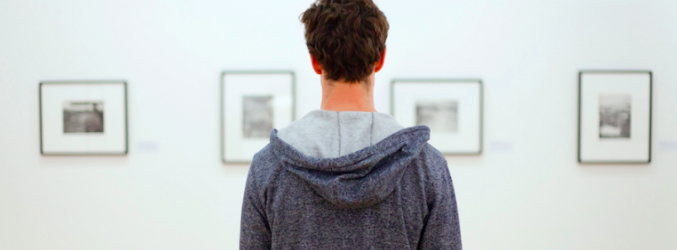Data suggest that audiences do not "age into" greater concern about arts and culture. If organizations want people to care, they need to work to change people's cause priorities.
Data continue to suggest that the idea of millennials and younger members of Generation X "aging into caring" about certain causes – simply as a function of aging – is false. At IMPACTS, we call this phenomenon cause durability. I’ve shared data about cause durability before, and boy is this finding still inconvenient for those of us working with cultural organizations! I was reminded of the topic of cause durability while...Sign in to KYOB+
Not a member yet?
Never miss the latest read on industry data and analysis.



